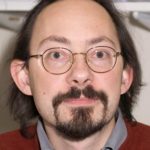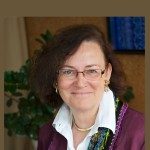Link to Pubmed [PMID] – 38194286
Link to HAL – hal-04472272
Link to DOI – 10.1172/jci.insight.169504
JCI Insight, 2024, 9 (3), pp.e169504. ⟨10.1172/jci.insight.169504⟩
Neonatal gene therapy has been shown to prevent inner ear dysfunction in mouse models of Usher syndrome type I (USH1), the most common genetic cause of combined deafness-blindness and vestibular dysfunction. However, hearing onset occurs after birth in mice and in utero in humans, making it questionable how to transpose murine gene therapy outcomes to clinical settings. Here, we sought to extend the therapeutic time window in a mouse model for USH1G to periods corresponding to human neonatal stages, more suitable for intervention in patients. Mice with deletion of Ush1g (Ush1g–/–) were subjected to gene therapy after the hearing onset. The rescue of inner ear hair cell structure was evaluated by confocal imaging and electron microscopy. Hearing and vestibular function were assessed by recordings of the auditory brain stem response and vestibulo-ocular reflex and by locomotor tests. Up to P21, gene therapy significantly restored both the hearing and balance deficits in Ush1g–/– mice. However, beyond this age and up to P30, vestibular function was restored but not hearing. Our data show that effective gene therapy is possible in Ush1g–/– mice well beyond neonatal stages, implying that the therapeutic window for USH1G may be wide enough to be transposable to newborn humans.




